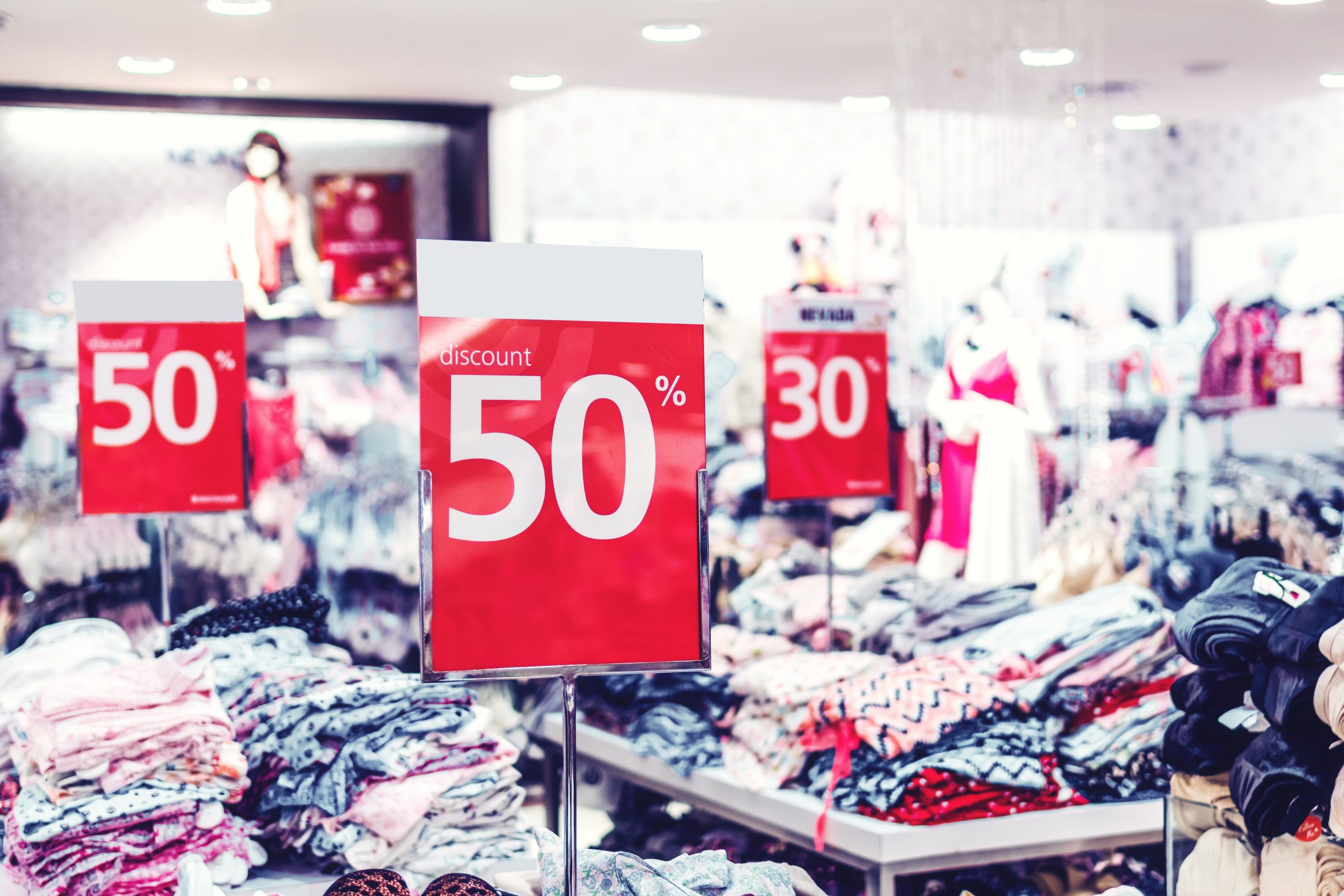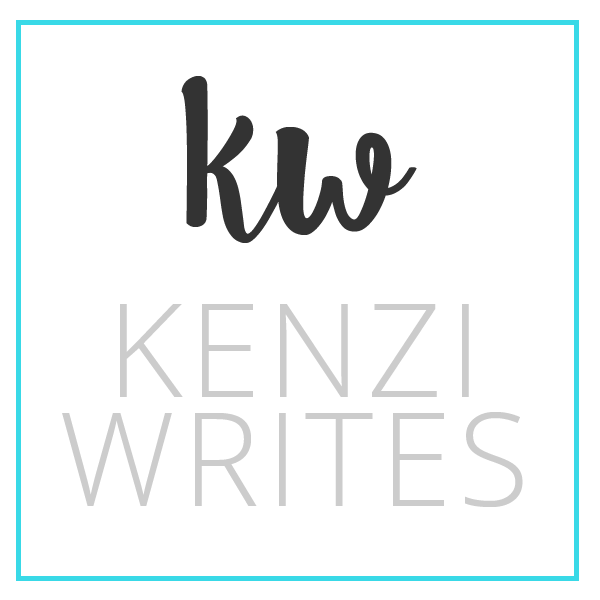How much free will do you have in your life, really? Sure, you might feel like you have ultimate control over your life and decisions, but you’re still a human. Psychology plays a big part in the decisions you make—especially at the store. You might not even realize it, but businesses use clever hacks to persuade you to buy their products.
Aren’t you curious why Target prices its goods at $5.99 instead of $6? Or why restaurants list their dishes from the most to least expensive? That’s price psychology in action, baby, and it affects every corner of our lives as consumers.
This isn’t a bad thing, though. After all, as a business owner yourself, you need to make every sale you can get. If it’s time to overhaul your pricing, try these 8 pricing psychology hacks to charge smarter in your business.
1. Use the anchoring effect

One common strategy you can try is anchoring. This is a psychological phenomenon where humans tend to rely on the first information they receive.
Here’s how it works:
- You head to the mall because you need to buy a new pair of shoes. You have a general idea of how much you’re looking to spend (let’s say no more than $70).
- You walk into the store and the first display you see has tons of shoes that are exactly your style.
- But when you look closer, you notice the $250+ price tags hanging from each pair. You know there’s no way you can spend that much.
- As you turn to leave, you notice another display with shoes priced at $100. With that initial display still at the front of your mind, paying $100 doesn’t seem so bad compared to $250, so you buy the $100 shoes.
Try to use the anchoring effect in your own business. That might mean showing website visitors your higher-priced offerings first and then hitting them with your more affordable packages.
Yes, the higher price might scare away a few people, but this is a well-known psychological hack that plenty of successful businesses use to bring more shoppers into the fold.
2. Decrease the font
The human brain is a weird thing. If you print prices with smaller text, there’s a good chance shoppers will associate products as lower-cost items.
Customers associate a smaller text size with a smaller price, which makes your products seem like a really good deal! That means a shopper might buy something they otherwise wouldn’t have.
Want to take it a step further? If you have a brick-and-mortar store, try placing your sales signage slightly further away from your original pricing signs. It’s weird, but the distance between the two signs makes it look like there’s been a greater decrease in the price.
3. Use the right words
It isn’t an accident that so many businesses use the word “low” in their sales signage. Whether it’s in your emails, website, or social media, make sure you use the words “low” or “sale” to make your products sound like a better deal. Customers tend to lean towards products advertising “everyday low price”, “high quality, low prices”, “sale,” or “guaranteed low price”.
4. Remove commas
Another super easy hack is to simply remove the comma from your higher-priced items. Think about it: $1500 looks lower than $1,500, doesn’t it?
That’s because the human brain sees the comma as a longer (and higher) number that makes your goods look way too expensive. It’s the same reason why people say “fifteen hundred” instead of “one thousand five hundred.”
If you want to promote a higher-cost product like coaching or a course, try removing the commas from your pricing.
5. Try charm pricing
It’s a classic pricing hack that we all know about: price your products with .99 or .95 at the end. When you price your goods with a 9 at the end, it’s called charm pricing.
Charm pricing works because of something called “the left digit effect.” When you see a price, you make an almost immediate reaction to it without really thinking about what the numbers mean. So when you see something priced for $599, your brain pays more attention to the left-most number, 5. And when you see something priced at $600, you see the number 6 instead.
But when you change a price from $600 to $599, you create an association with the price point of $500. Now, we obviously know that we’re not spending just $500, but this pricing technique has a much higher conversion rate, so it’s worth a try.
6. Price from high to low
Not a fan of pricing your packages at $999? You can also try reordering your products and pricing on your website. When you start with the most expensive option, the human brain thinks that every step down from the most expensive option comes with a tradeoff in value. This makes it more likely that they’ll go with the higher-priced item.
7. Bundle your products

You can also boost conversions by bundling your products. When you create a discounted bundle, shoppers will see that they’re getting more value at a lower cost.
A word of warning, though: make sure you showcase every product in the bundle. Display its original, non-bundled price next to it so shoppers know how much they’re saving with a bundle instead of buying everything individually.
8. Build excitement with BOGO
Buy one, get one (BOGO) deals are a great way to incentivize shoppers to convert. Offer your customers a free product every time they buy something. This is more common in the B2C world, but you can also offer it with B2B services (ie. “Buy one month of account management and get your second free”).
BOGO works because it doubles your solution’s value in the brains of your customers. Plus, if you sell products, it’s a great way to get rid of inventory that isn’t selling as quickly. Done right, BOGO deals are a win-win for you and your customers.
The bottom line
Businesses have used pricing psychology for decades and it certainly isn’t anything new. But if you’re trying to pull in more customers to convert, trying these 8 psychology-backed hacks can drive more consumers to your products. By using the human brain to your advantage, you can position your brand to convert a “Maybe” into an enthusiastic “YES!”

